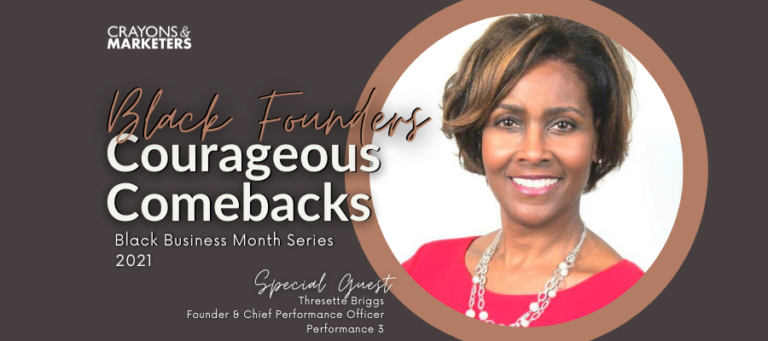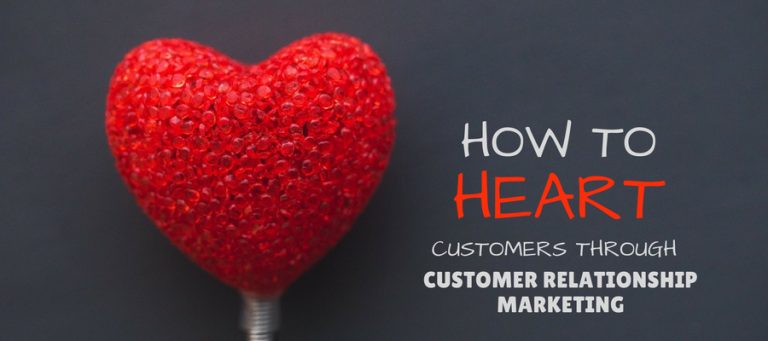LinkedIn Hacks You Should Know Pt. 2
Join groups , and stay active
One tip I always share for small business owners is to join LinkedIn groups that are relevant to their target demographic. Not only is this a great way to “listen in” on what your audience is talking about, there may [also] be times for small business owners to interact or offer their advice. More importantly, you can message the members of groups you are in, even if you aren’t connected. LinkedIn InMail adds up quickly, so this is a great way to save money when building relationships with potential clients. , Lauren Covello, content marketing strategist, Ripen eCommerce
…and create your own LinkedIn group, too
Here’s a secret sauce to find your ideal, ready-to-buy prospects right away on LinkedIn: Create your own LinkedIn group to start with. After you have your LinkedIn group set up, go out and join as many groups (LinkedIn allows you to be in 50 total) where your prospects are hanging out. The next step is to pick one of those new groups you’ve joined and start working the Members page to find prospects. Once you’re inside the group and approved as a member, click on Members, then filter the list of members further by searching for certain job titles or something else to winnow down the list to your ideal prospects, and then invite them to join your group (tip: send personalized invitations). Once these invitees join your LinkedIn group, you have all your proverbial fish in the same barrel , all your best prospects in one place! You can control this LinkedIn group so that no competitors get in, and you can share great/valuable content within the group that your prospects will love. You also get to demonstrate your value/expertise for them while avoiding overt sales pitches or spam. Plus, you also have a built-in email list, focus group of your core prospects/clients and so on. This is a great tactic to build your brand and generate leads to boost your small business. , Ali Liaquat, head of marketing, IT-Serve.com
Make your Company page matter
It’s also important to have an updated and consistent presence for your brand with its own Company profile page. Imagery, colors and content on this page should be consistent with your website and any other social media profiles the business has. The page should be updated regularly, so the brand is active and appears to be a current business. We’ve all had the experience of stumbling upon a company social media profile that’s updated once a month, or worse, hasn’t been updated in months. Creating a LinkedIn presence then not maintaining it will be worse than not having one at all. , Carrie Booher, chief marketing officer, Online Optimism
…and don’t forget to claim your custom URL
Everyone should claim their custom URL to ensure it includes their name (e.g., http://linkedin.com/in/davideerickson). This is especially important for people who have a lot of contact with potential clients , especially for those who [are in] professional services and the B2B sector , because when meeting with someone they have not yet met, many people will search Google for the name of the person with whom they’re meeting in order to learn more about them. Claiming your custom URL makes it more likely your LinkedIn profile will rank in the top of those search results. , David Erickson, vice president of online marketing, Karwoski & Courage
Complete the Summary section on your own profile
The summary section is the most overlooked section. You have 2,000 characters to speak to your target audience, directly and persuasively. Use complete sentences, write in first person, and address their pain points clearly and succinctly. Many people prefer to go to LinkedIn than a website. Most of the time, people want to connect with the person before the product or service, and this is your opportunity to introduce yourself to prospective clients and customers. Also, include your contact information at the end of the summary section. Even though it’s elsewhere on your profile, make it easy for people to reach you. , Susan Tabor-Kleiman, Esq., owner, Your Professional Writer
Think of it as a numbers game
I have learned that LinkedIn marketing is more science, less art. In other words, it’s a numbers game. I know that each Wednesday, I’ll touch at least 2,000 C-level executives. These touches will lead to about six responses, and two of those six will become clients. Instead of attending trade conferences, exhibiting and speaking at a cost of approximately $10,000 per conference, I have built my own practice for less than $1,000 a year for marketing, $250 of which goes to LinkedIn for a Premium account. I can afford a few hours each week of my time more than I want to swallow the $40,000-per-year pill that I know most of my colleagues spend, attending an average of four conferences each year. , Greg Taylor, owner, Telecom Law Attorney
Avoid hard selling
Treat LinkedIn like any other form of marketing that you do, and get clued up on the latest trends. People don’t want to be interrupted, so try your best to be “discovered” on LinkedIn. Read up on Content Marketing and Inbound Marketing, and apply these strategies to this network. There are plenty of people acting like hard-sell 1980s sales reps on LinkedIn, so be wise and don’t become one of them. , Nikki Hammett, digital marketing manager, blur Group
Start with connections, then build relationships
Understand that LinkedIn is a social network for professionals to connect with other professionals. A business owner can, and should, connect with prospects, strategic partners, referral partners, and other business owners. And once those connections are made, the business owner can decide how to nurture specific connections to grow the relationship. , Charlene Burke, CEO, Search by Burke, LLC
The blog “LinkedIn Hacks You Should Know Pt. 2” originally appeared on SalesCocktail.com and has been republished with permission.





